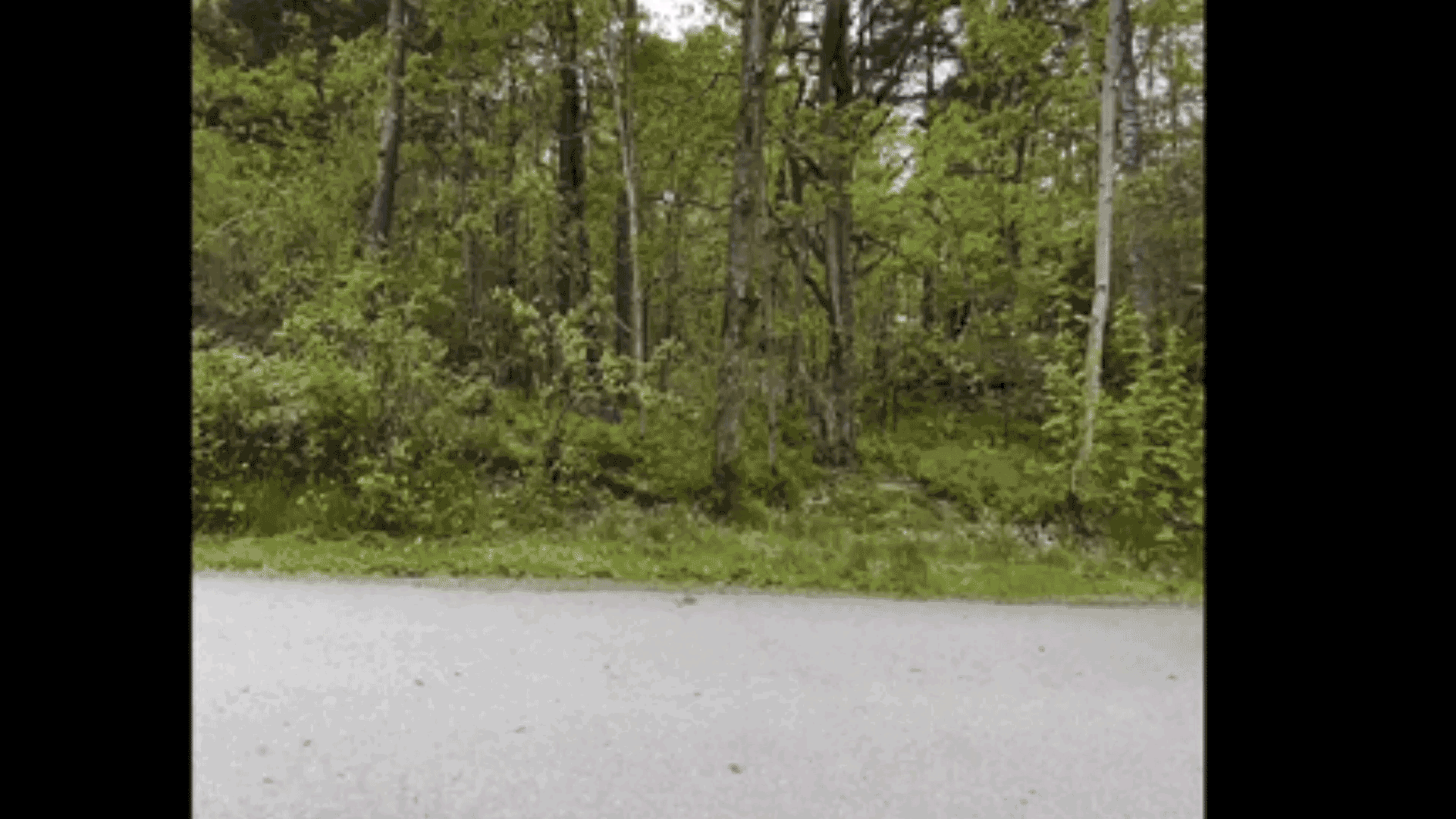
MoveBook: An embodied alternative to controlling audiobooks.
The point of this course project was about the more hypothetical and explorative ways of designing user experiences.
Individual project
Direction: “Create an immersive audiobook listening experience, through the combination of 3D spatial soundscapes and an alternative way of controlling the storytelling playback through bodily movement.”
Medium: 3D spatial soundscape audiobooks with movement based control of the playback
Challenges: 3D spatial sound audiobooks are limited, making it difficult to evaluate the concept. Due to the time-limitation, explorative and hypothetical focus of the course, the actual manifestation of the concept only stayed vague.
Video-Prototype
Prototype goal: Present interaction and introduce spatial sound (use headphones).
This was done through using a series of video clips, converting them into a photo sequence and picking out 288 photos. These were image traced using Adobe CC, image traced in Photoshop and making them into more of cartoon. Then they were inserted into Premiere Pro and edited with sounds, effects and timing.
Sound credit: Owlfield, its owners and the related authors have all rights to the audiobook used in this prototype, The Fairy Tree (2016).
The embodied control concept
Movement has a direct impact on the playback of the audiobooks, walking pace, running, jumping and reversing all has different impacts.
The initiation
I made a quick audiobook mockup, to show how the concept could be integrated into a mobile APP, using sensors to support the movement-based controls.
Homepage - choose a book
Play - once the book is chosen, notice the Movebook function.
Pressed MoveBook mode - inverted shading to emulate a button being pressed down.
In hindsight, I would likely have used less skeumorphism in these buttons and opted for a clearer visual representation of Enabled/Disabled states.
Some of the methods and techniques used
Disruptive ritual
A disruptive ritual was conducted to ideate the concept on one’s own body.
D. Wilde, A.Vallgårda, and O. Tomico. (2017) Embodied Design Ideation Methods: Analysing the Power of Estrangement. In Proceedings of the 2017 CHI Conference on Human Factors in Computing Systems (CHI ’17). Association for Computing Machinery, New York, NY, USA, 5158–5170. DOI:https://doi.org/10.1145/3025453.3025873
Concept sketches/storyboards to ideate on the concept
MDA-model
Mechanics, Dynamics and Aesthetics: A framework to support the different modalities of interaction.
Several iterations of the MDA-model were done, based on the changes to the concept.













